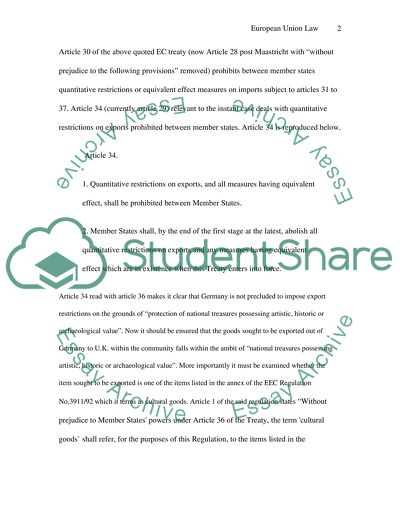Cite this document
(“European Export Law: The Case of Cultural Goods Study”, n.d.)
European Export Law: The Case of Cultural Goods Study. Retrieved from https://studentshare.org/law/1509753-european-law-college-essay
European Export Law: The Case of Cultural Goods Study. Retrieved from https://studentshare.org/law/1509753-european-law-college-essay
(European Export Law: The Case of Cultural Goods Study)
European Export Law: The Case of Cultural Goods Study. https://studentshare.org/law/1509753-european-law-college-essay.
European Export Law: The Case of Cultural Goods Study. https://studentshare.org/law/1509753-european-law-college-essay.
“European Export Law: The Case of Cultural Goods Study”, n.d. https://studentshare.org/law/1509753-european-law-college-essay.


